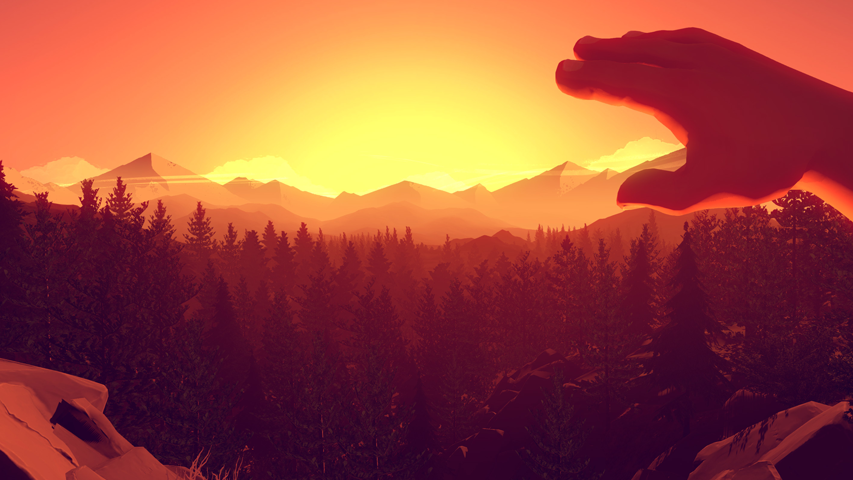Are publishers coming back into fashion?
The death of retail, the ease of releasing games on the shelves of the App Store and Google Play, the monopolization of digital PC retail by Steam, the cheapening of development tools, the popularization of free-to-play – all this raised the indie movement a few years ago and, in fact, killed the publishing model. But it is quite possible that very soon we will witness its return to the market.
Screenshot: FireWatchOur colleagues from Gamasutra were led to this idea by the following figures from a recent study “The State of the Industry” conducted by GDC among American game developers:
- The number of developers who stated that they released their last game with the support of the publisher increased by 6% in 2014 compared to the same indicator a year earlier (29% vs. 23%).
- The number of developers who noted that they would make the next game with the publisher also increased, although not so significantly – by 3% (from 28% to 31%).
It is clear that these are not the figures yet, starting from which you can say: trend! But at the same time, how beautifully Chris Graft from Gamasutra draws the line: “the developers realized that they didn’t need anyone to launch the game. But at the same time, they realized that the market is full of games.”
The withdrawal from publishers and criticism of this type of cooperation in general arose due to the fact that in the new industry, publishers have lost a number of business levers. What, in fact, was stated to our colleagues by Mike Wilson from Devolver Digital, which published Hotline Miami, Luftrausers and The Talos Principl.
Luftrausers (Devolver Digital and Vlambeer)Plus, in his opinion, for many, the departure to an independent publication was at one time dictated by the lack of need to sell millions of copies in order to recoup production.
This is also true for publishers, who at one point realized that they would not be able to earn money on third-party “average” titles (pouring traffic, watching how the project behaves in order to get an exit to zero at best is not the brightest prospect). Therefore, it is not surprising that today most of the former “houses” prefer to work only on internal large projects.
Only in a situation where the main problem remains the low visibility of applications without money for traffic, the help of a big player with cross-traffic and promotion from platforms, it is not entirely clear what to do to those independents who could have become stars on their own a few years ago.
However, David Edery from Spry Fox believes that if the team does something small, original, carefully polished, and at the same time the team does not have high financial expectations, but there are good relations with Apple and Goolgle – it will still be good without a publisher.
Road not taking (Spry Fox)But it is possible that this model has already exhausted itself.
In addition, the latest indie hits can hardly be called budget developments. The same Monument Valley cost more than $ 800 thousand.
Therefore, we do not exclude that if the publishing model returns, it will be in a completely different quality. Firstly, these will be teams that have recently been independent themselves. Secondly, they will not download the games they like with traffic, but will help to “finish” them.
The only question is, does the market really need it? Independent teams – yes, players – only if a very narrow group, which is not satisfied with products designed for a mass audience, rich independent teams – only if “for the love of art.”
Based on: http://www.gamasutra.com


